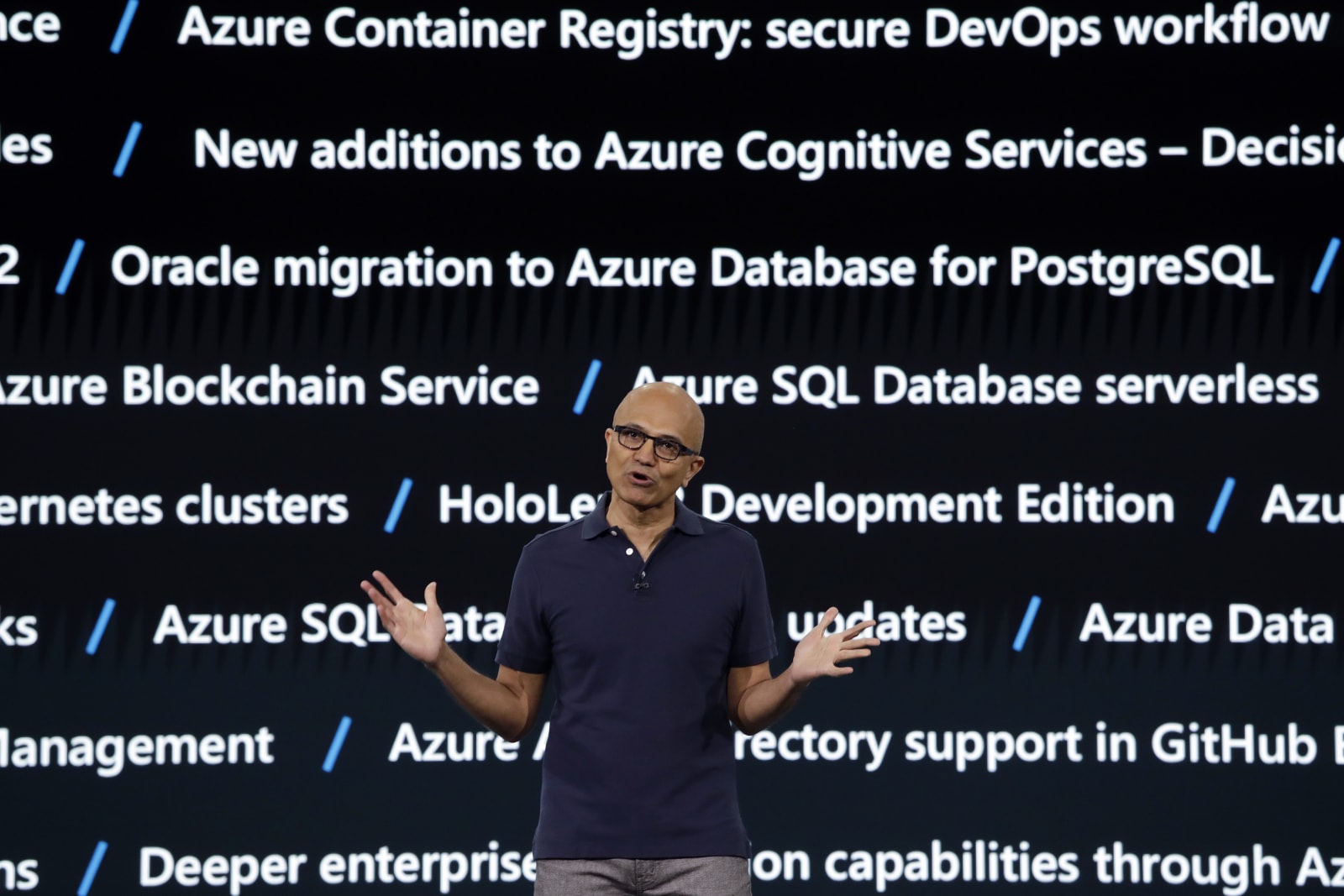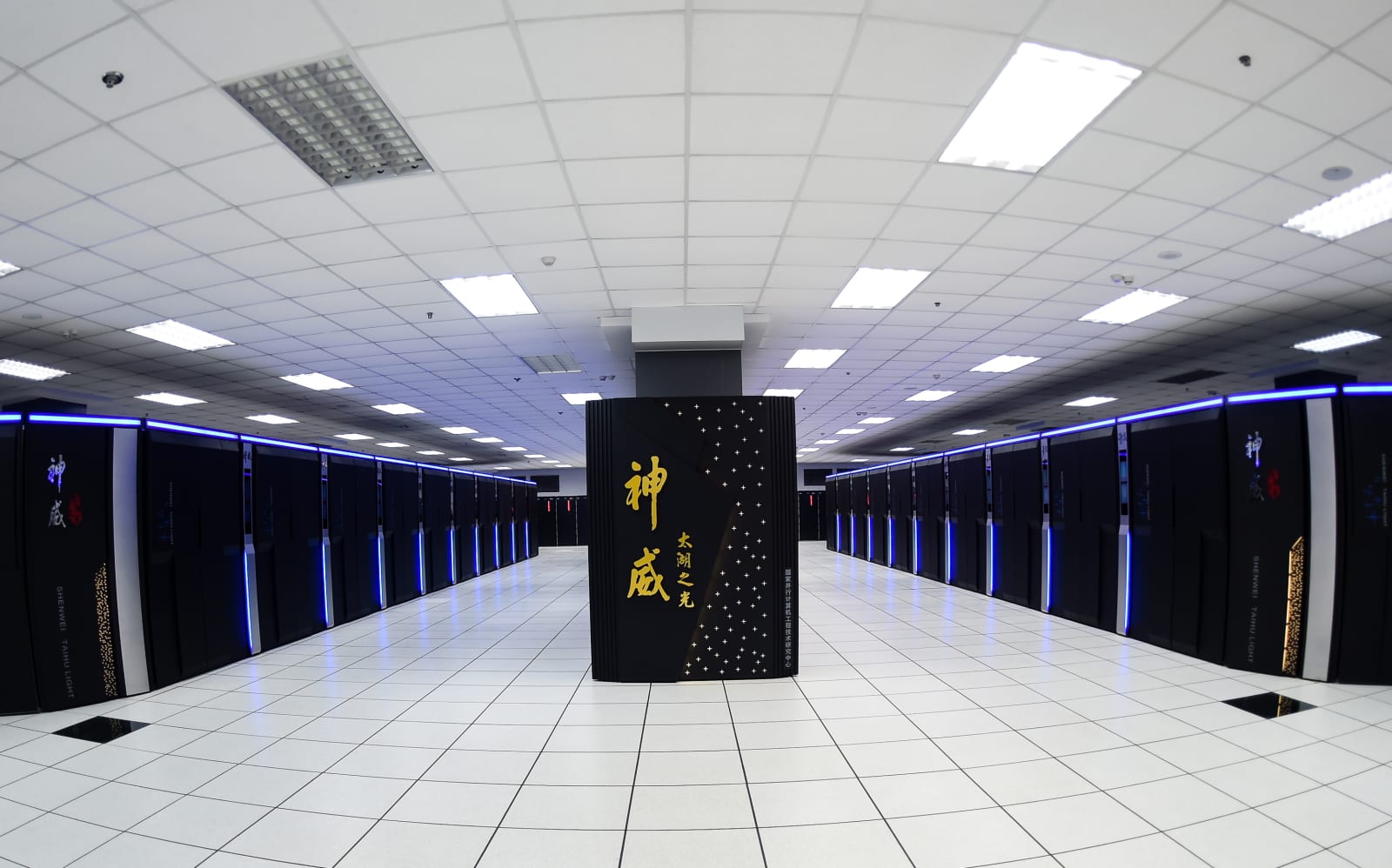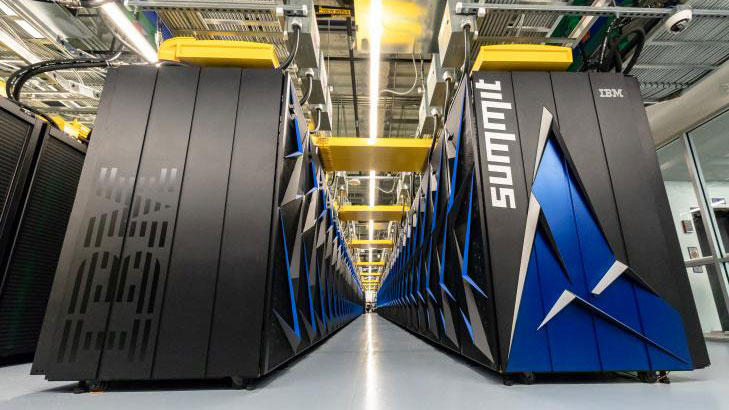 Today, Microsoft announced that it's investing $1 billion in the Elon Musk-founded company OpenAI. The two companies will work together to bring supercomputing technologies and AI to Microsoft Azure. And OpenAI will run its services exclusively in Mi...
Today, Microsoft announced that it's investing $1 billion in the Elon Musk-founded company OpenAI. The two companies will work together to bring supercomputing technologies and AI to Microsoft Azure. And OpenAI will run its services exclusively in Mi...
Microsoft invests $1 billion in Elon Musk-founded OpenAI
 Today, Microsoft announced that it's investing $1 billion in the Elon Musk-founded company OpenAI. The two companies will work together to bring supercomputing technologies and AI to Microsoft Azure. And OpenAI will run its services exclusively in Mi...
Today, Microsoft announced that it's investing $1 billion in the Elon Musk-founded company OpenAI. The two companies will work together to bring supercomputing technologies and AI to Microsoft Azure. And OpenAI will run its services exclusively in Mi...
 The US and China have been locked in a race for the world's most powerful supercomputer. China was in the lead with its Sunway TaihuLight, which has a 93 petaflop capacity. But the US surpassed that last year, when it released the Summit, which can r...
The US and China have been locked in a race for the world's most powerful supercomputer. China was in the lead with its Sunway TaihuLight, which has a 93 petaflop capacity. But the US surpassed that last year, when it released the Summit, which can r...
 The Department of Energy pulled back the curtain on the world's most powerful supercomputer Friday. When Summit is operating at max capacity, it can run at 200 petaflops -- that's 200 quadrillion calculations per second. That smokes the previous reco...
The Department of Energy pulled back the curtain on the world's most powerful supercomputer Friday. When Summit is operating at max capacity, it can run at 200 petaflops -- that's 200 quadrillion calculations per second. That smokes the previous reco...





